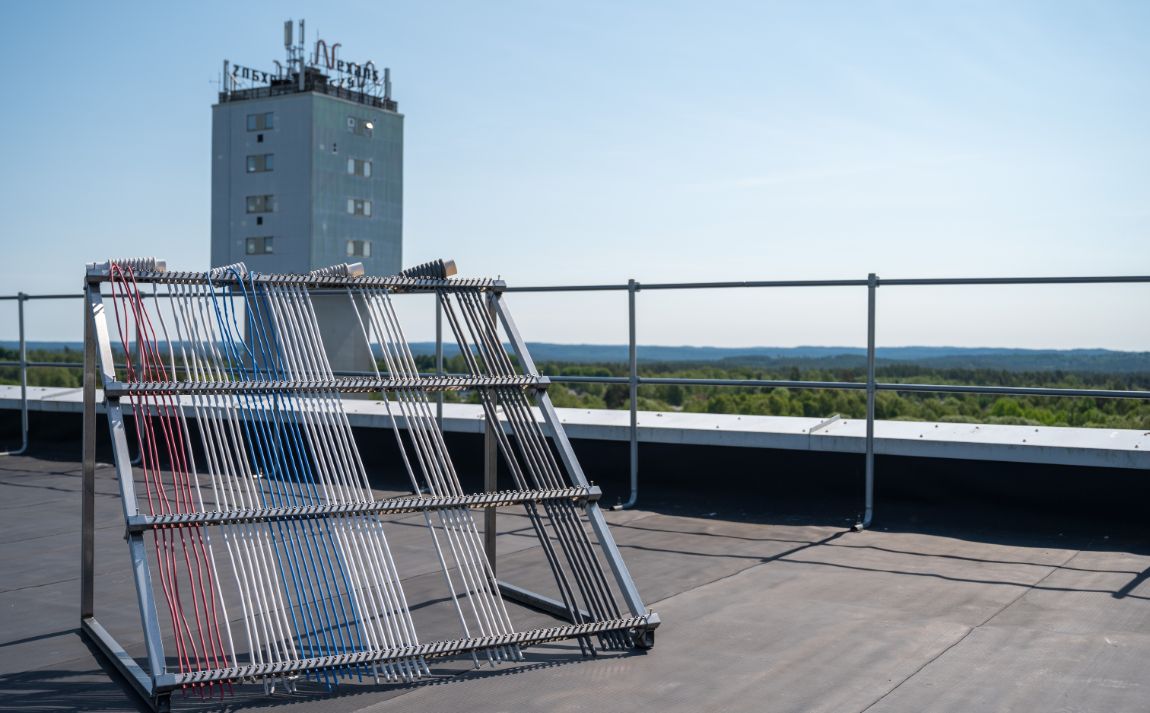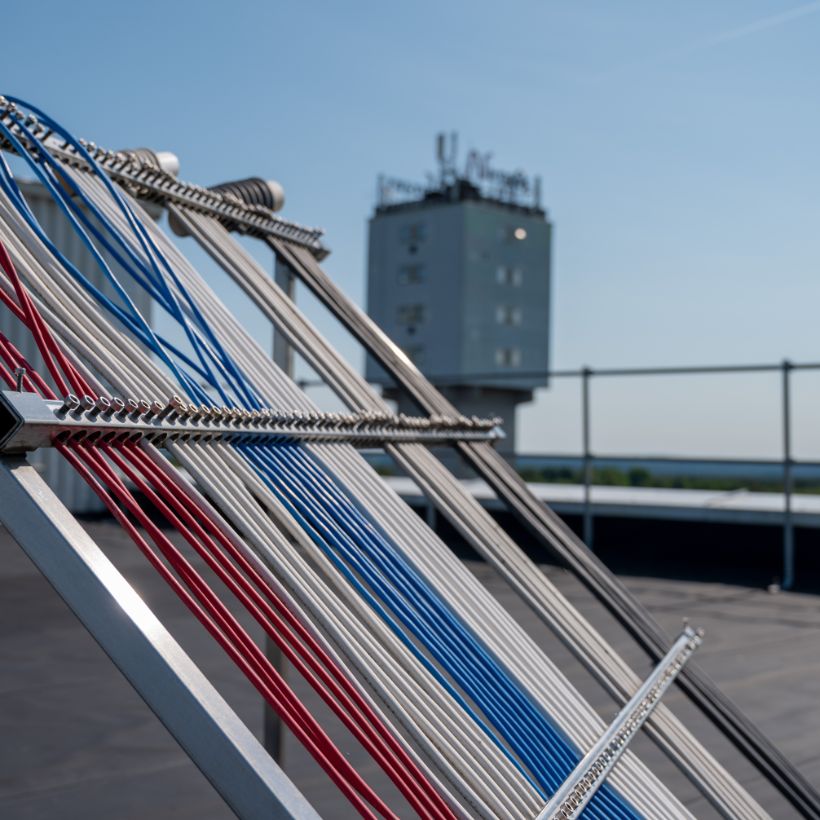Innovation
Lightfastness and UV resistance – what’s the difference, and why does it matter for cables?
Jun 30, 2025
When cables are used in environments with high exposure to sunlight, it’s important to understand two key properties: lightfastness and UV resistance. Both are affected by the sun’s rays—but in different ways—and knowing the difference is essential for choosing the right cable for the right environment.
Two different types of impact from the sun
Imagine a red car parked in the sun all year round. After a while, two things happen:
The color fades – the bright red paint becomes dull and pinkish. This is a sign of poor lightfastness.
The rubber seals and plastic parts become dry and brittle – they dry out, lose their elasticity, and may start to crumble. This is a sign of poor UV resistance.
The same applies to cables.
Links:
Lightfastness – when the color fades
Lightfastness refers to how well a cable’s color withstands sunlight, particularly UV and visible light. If the cable is color-coded for identification, it’s important that the color remains stable over time. Poor lightfastness causes the color to fade, which can lead to confusion and extensive troubleshooting.
UV resistance – when the material lasts
UV resistance refers to how well the cable’s plastic material resists degradation from UV radiation. If the material is not UV resistant, it can become brittle, crack, and lose its mechanical strength—even if the color still looks fine.
A cable can:
• Look fine but be brittle (good lightfastness, poor UV resistance)
• Last long but fade in color (good UV resistance, poor lightfastness)
That’s why it’s important to consider both properties when choosing a cable for outdoor use or other environments with high light exposure.

Tip!
Want to know which cables are best suited for different environments? Check out our cable guide or the datasheet for each cable family—available on our website or in the app.
Our websites
Select your country to find our products and solutions
-
Africa
- Africa
- Ghana
- Ivory Coast
- Morocco
- North West Africa
- Americas
- Asia
- Europe
- Oceania